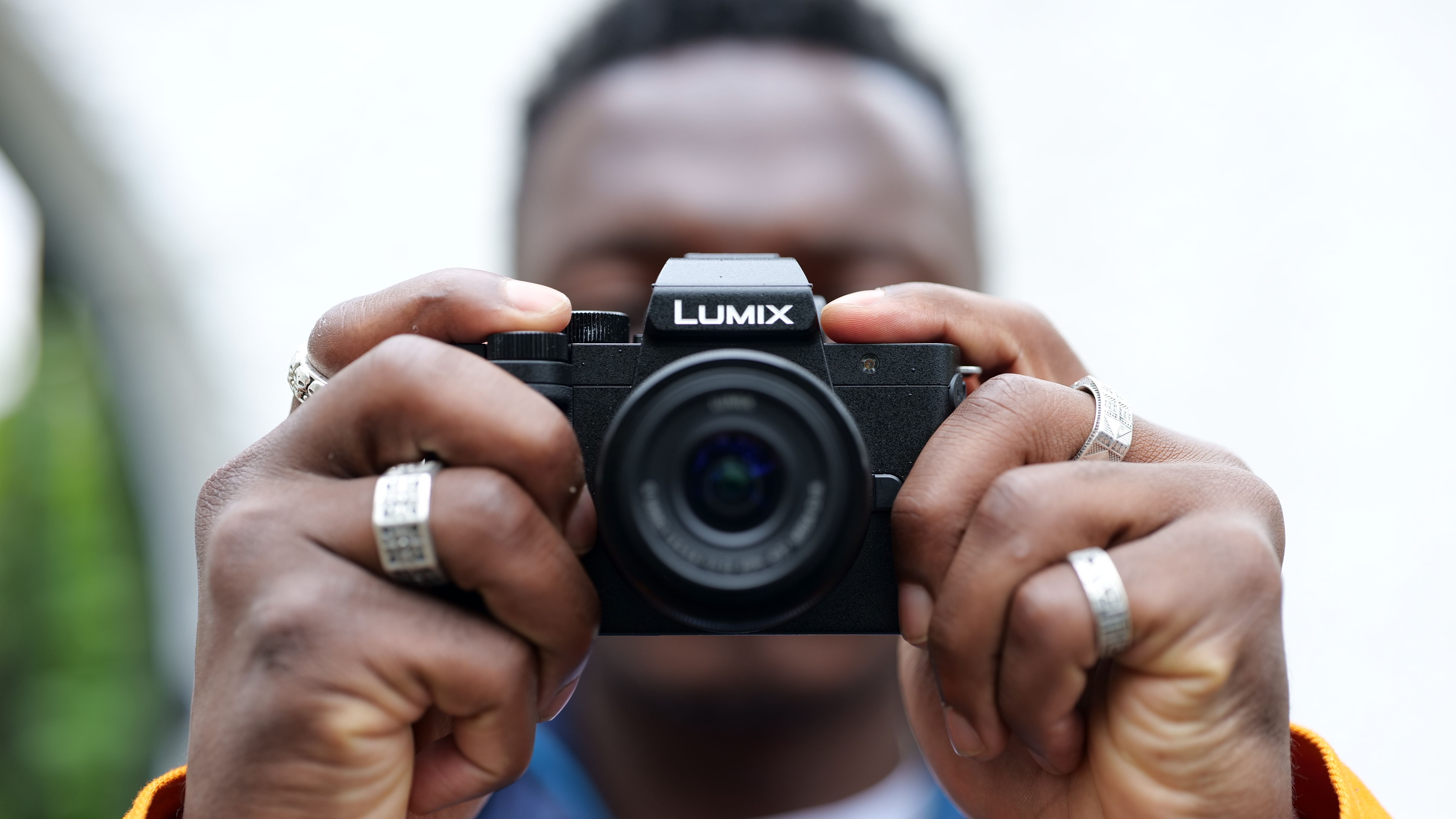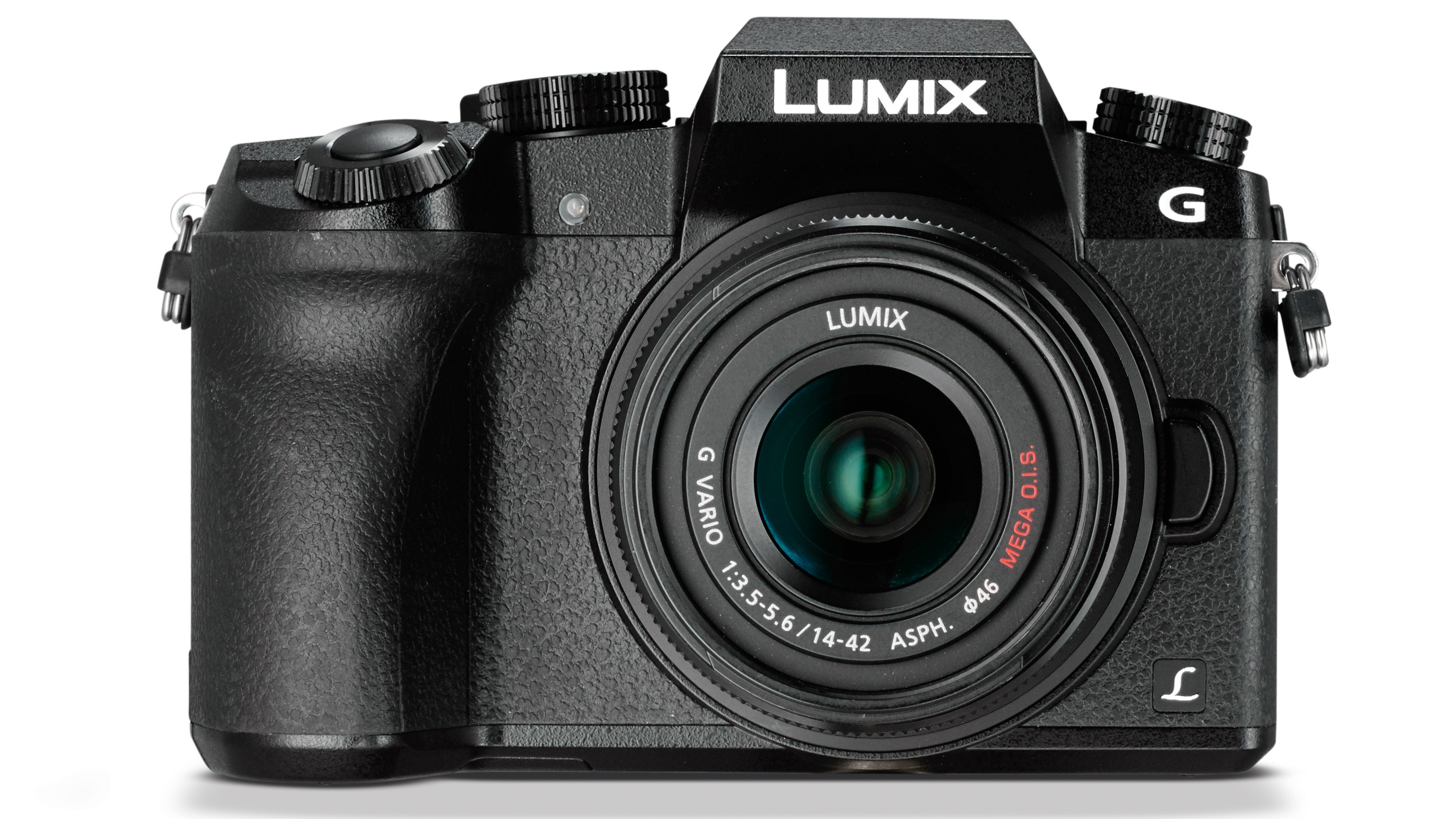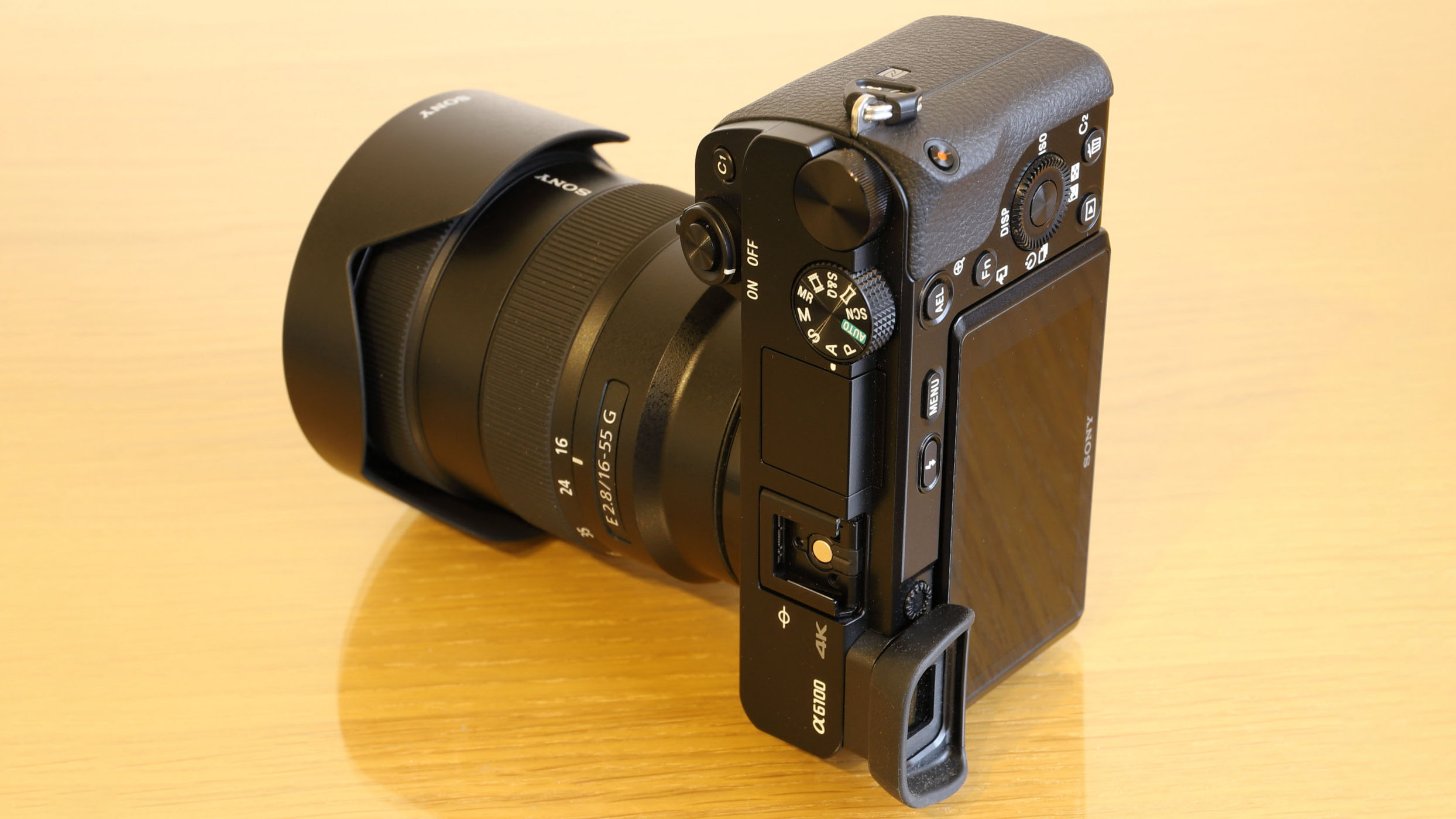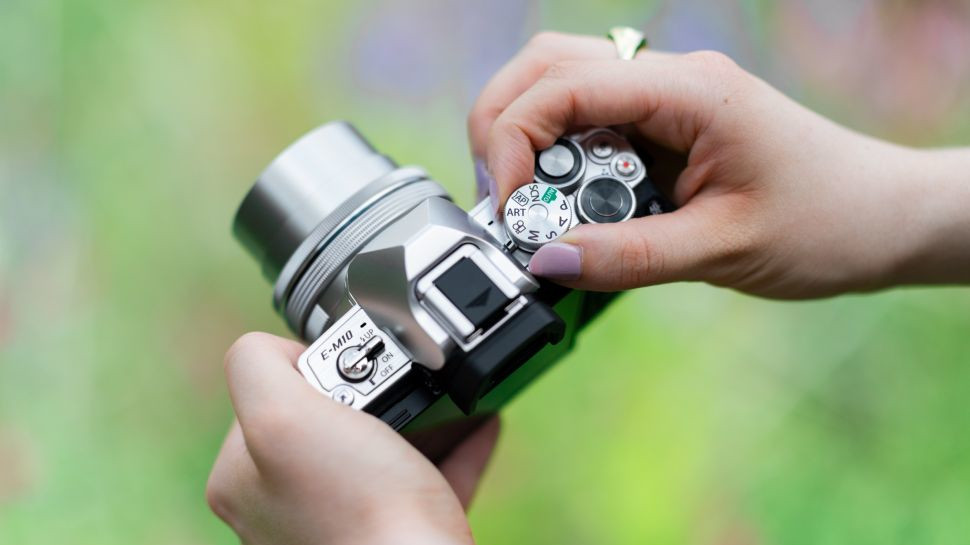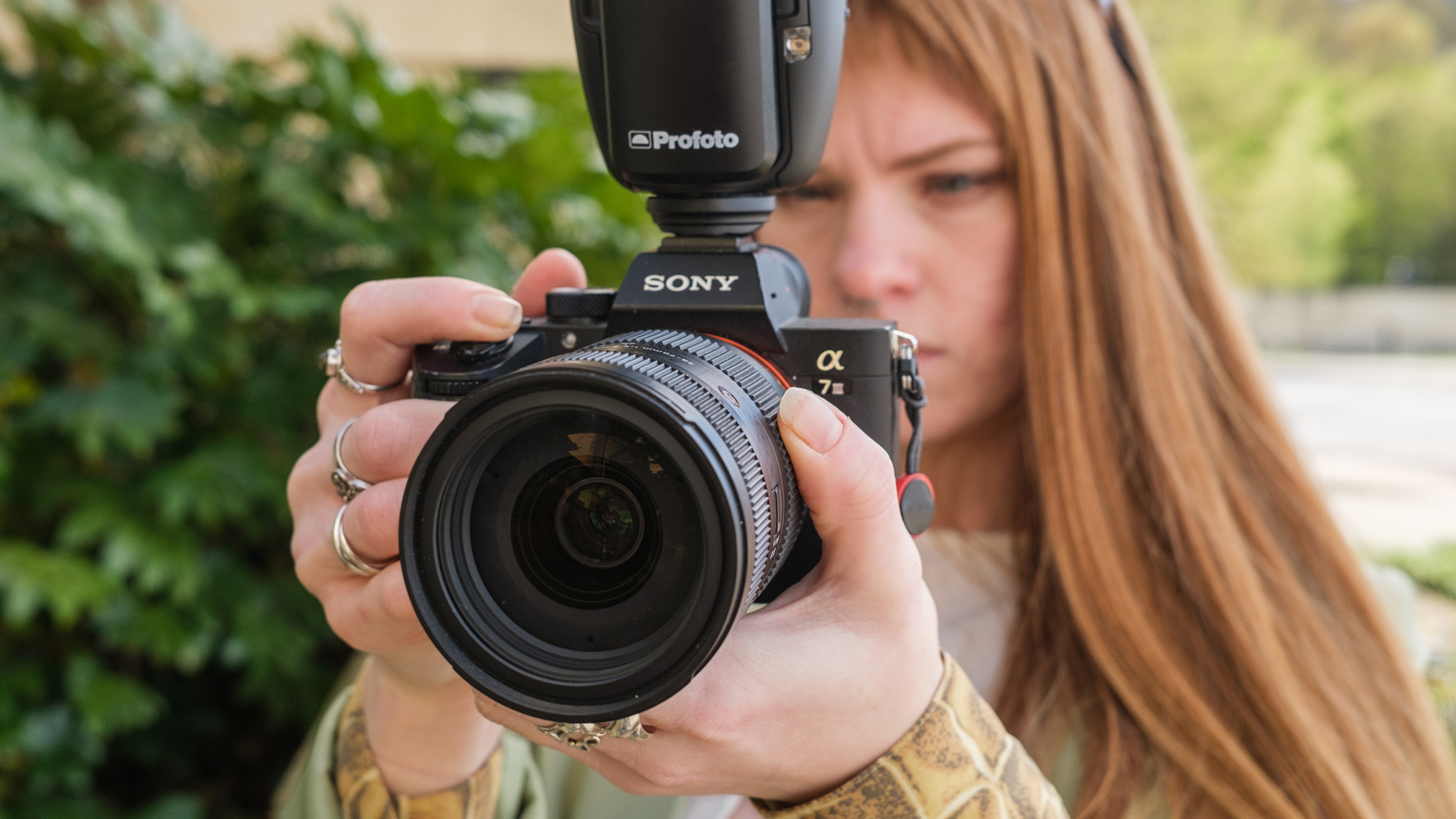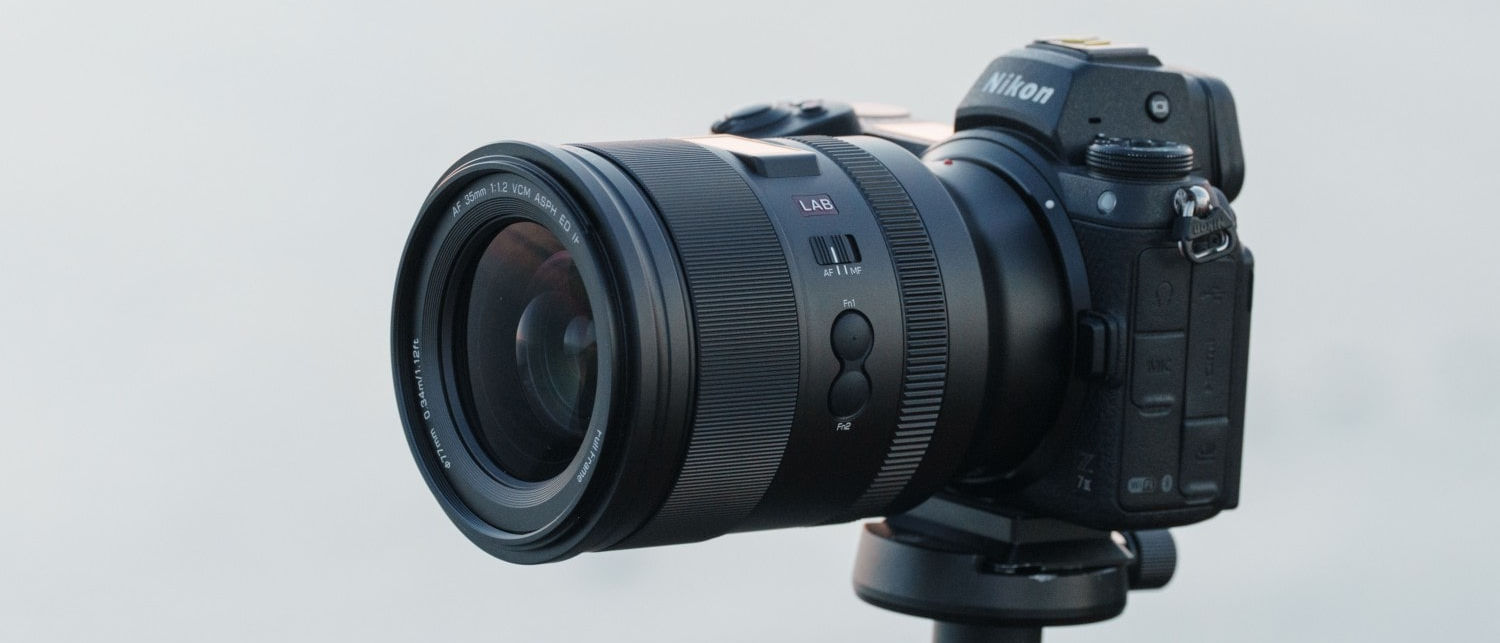The best cheap mirrorless cameras in 2025: grab a bargain with these low-cost classics
These are the cheap mirrorless cameras around right now, from basic beginner cameras to discounted favorites
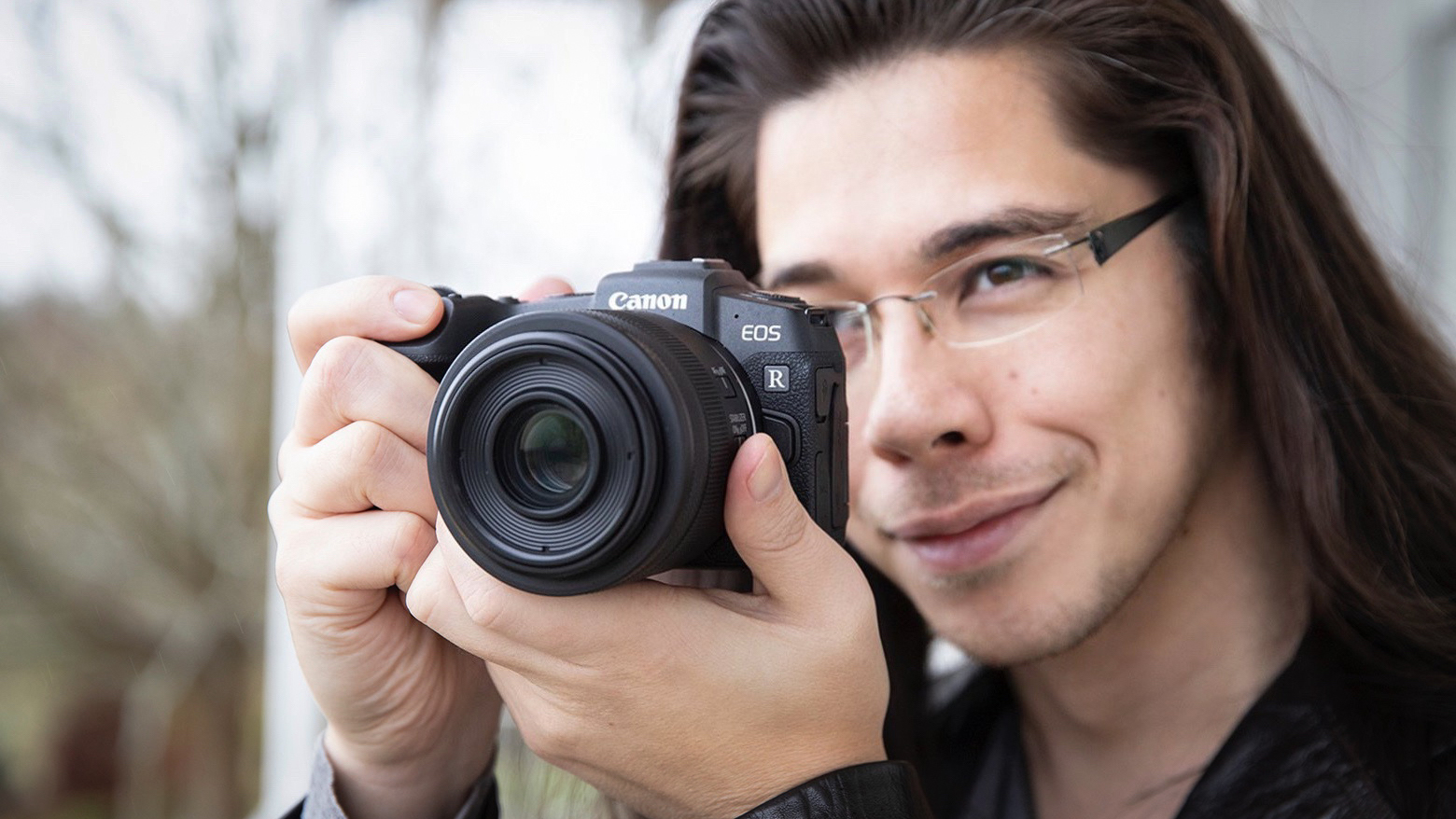
The best affordable mirrorless cameras offer an excellent entry point into an exciting camera system without breaking the bank. We've selected these models because they offer true value for money, providing years of use and satisfaction. With well-sized sensors and impressive megapixel counts, these aren’t just good budget cameras—they're great cameras overall.
Many of them are also fantastic options for vlogging. As video content creation becomes increasingly accessible, all of these cameras are capable of shooting video, with many offering 4K resolution. If you're looking to dive into YouTube, filmmaking, or content creation on a budget, cheap mirrorless cameras are the perfect starting point.
Prices can fluctuate, especially for older models, but all the cameras on this list are consistently available at prices much lower than the average for mirrorless cameras.
One last tip: when shopping for affordable mirrorless cameras, be sure to check if the camera is "body only" or comes bundled with a lens. We’ll share our recommendations for the best lenses below.
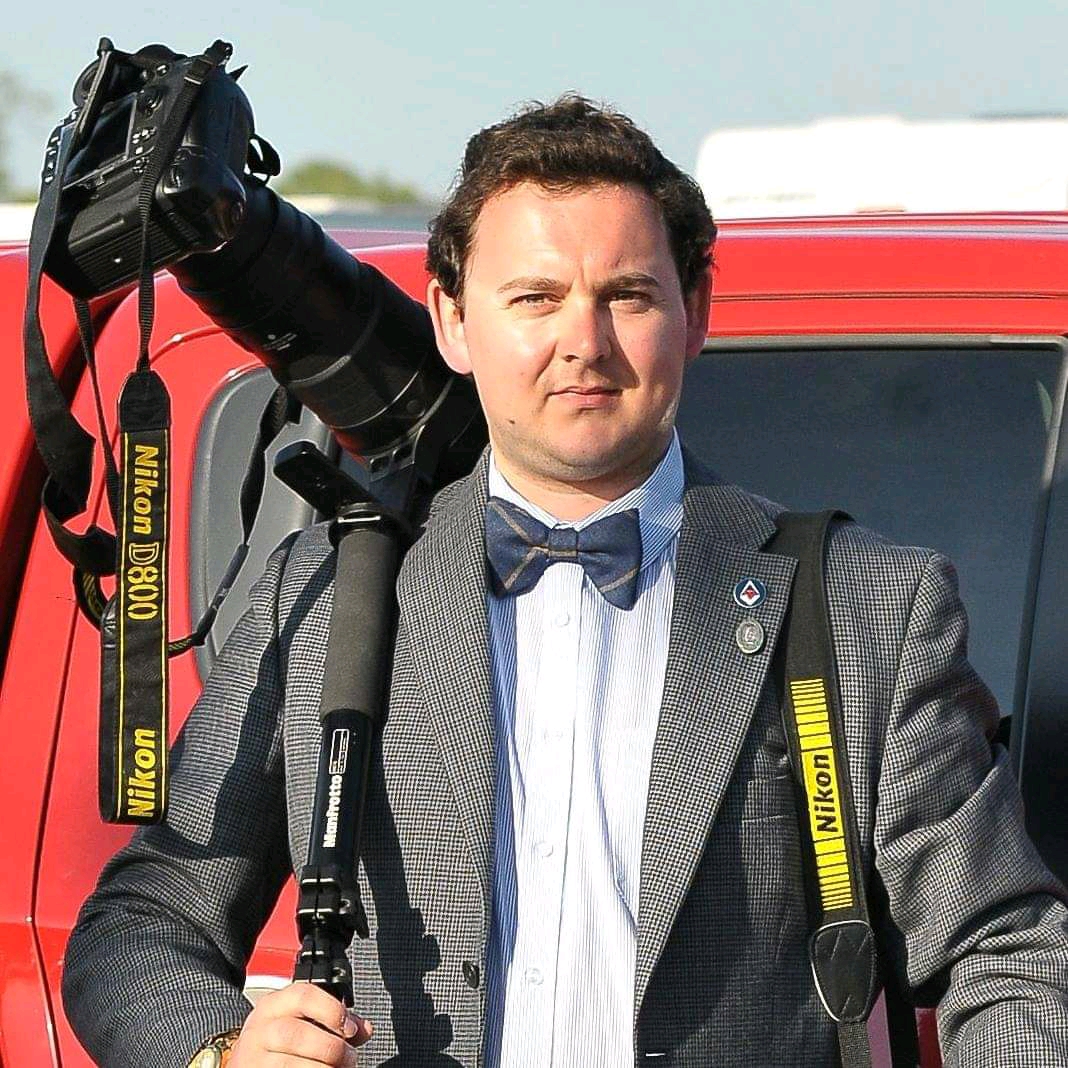
For nearly two decades Sebastian's work has been published internationally. He is familiar with and shows great interest in street, medium, and large-format photography and cinema cameras. He now spends his spare time using his trusted Leica M-E shooting Street/Life photography, usually in Black and White.
The Quick List
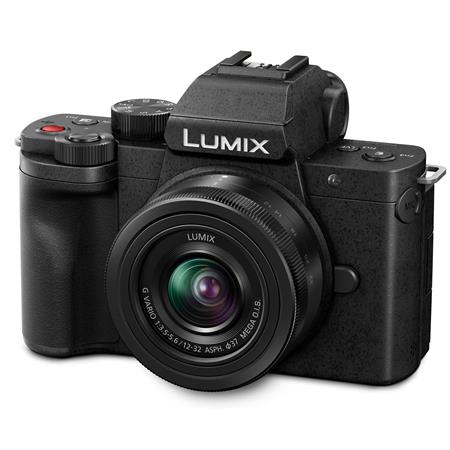
The Panasonic Lumix G100D is a fantastic starter camera for vloggers and has clearly been designed with that exact audience in mind.
Read more below
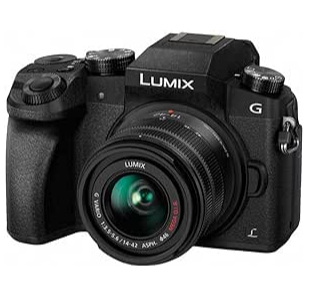
While it might be quite old, this Micro Four Thirds camera still delivers 4K video and good 16MP stills, perfect for those on a strict budget.
Read more below
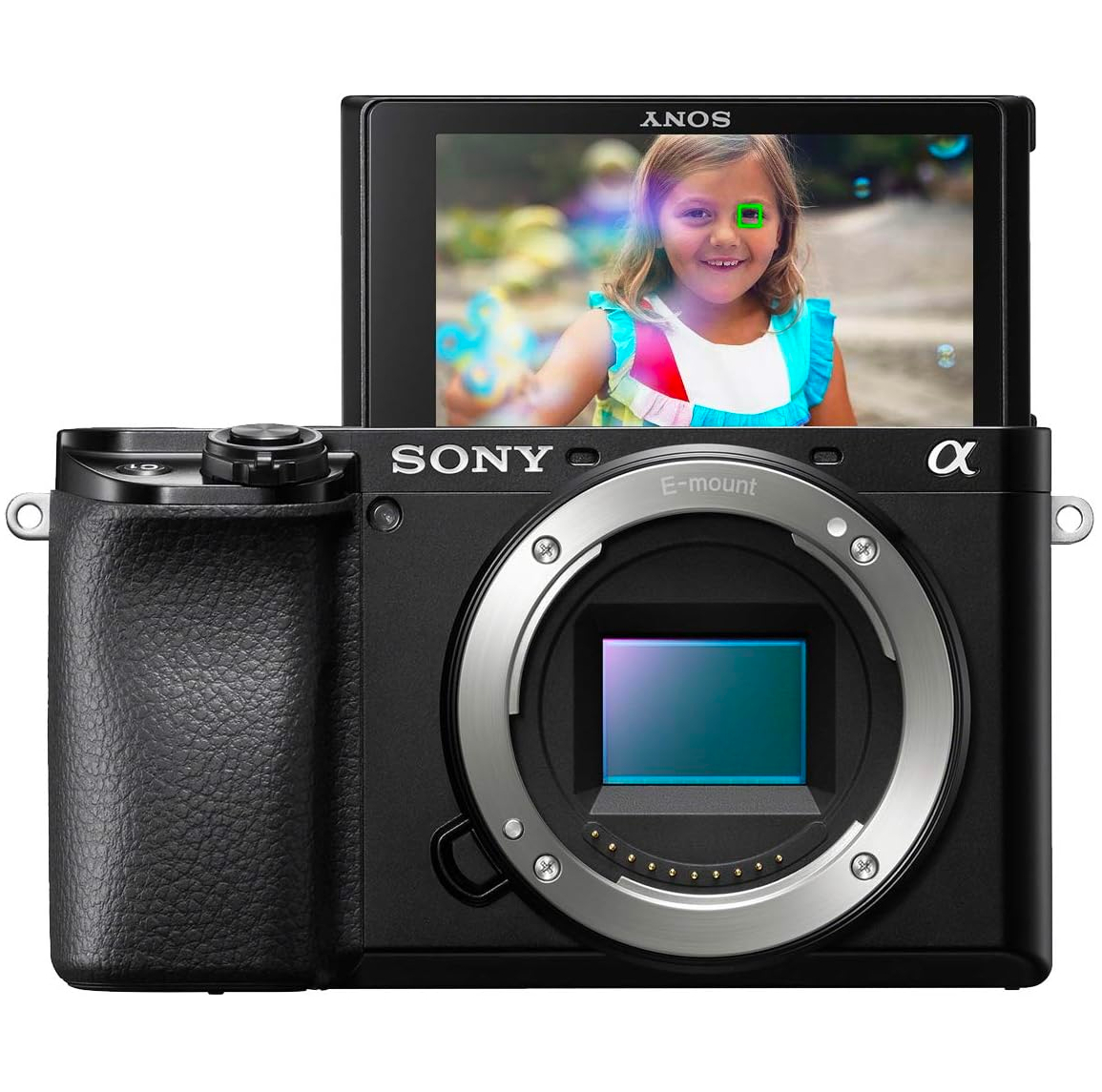
The budget option from the impressive Sony A6000 series. The A6100 is not only small, but offers all the essentials for both video and stills, including 11fps burst mode and a mic socket.
Read more below
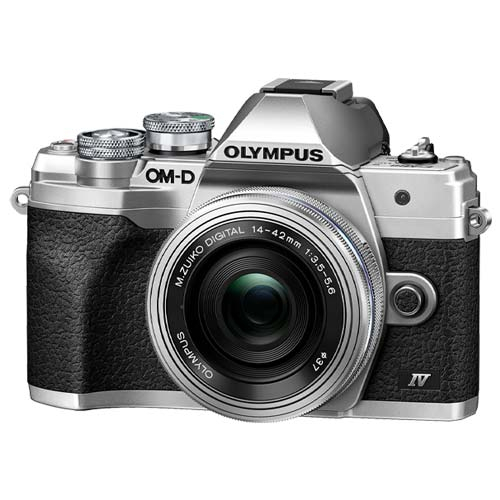
If you're looking for a cheap camera, but want that little bit of retro thrown in then this is the perfect balance of old-school looks and modern tech.
Read more below
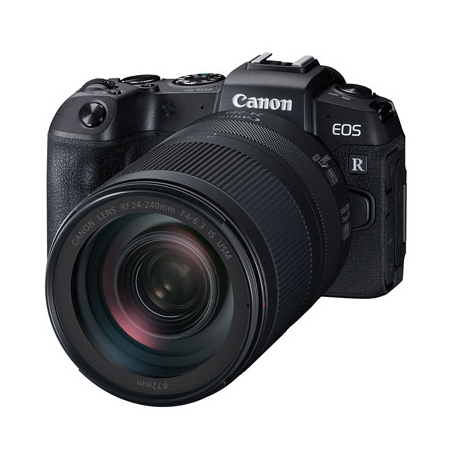
If you want to become a content creator the Canon ESO RP is perfect with 26mp still and 4K video (with a 1.6X crop)
Read more below
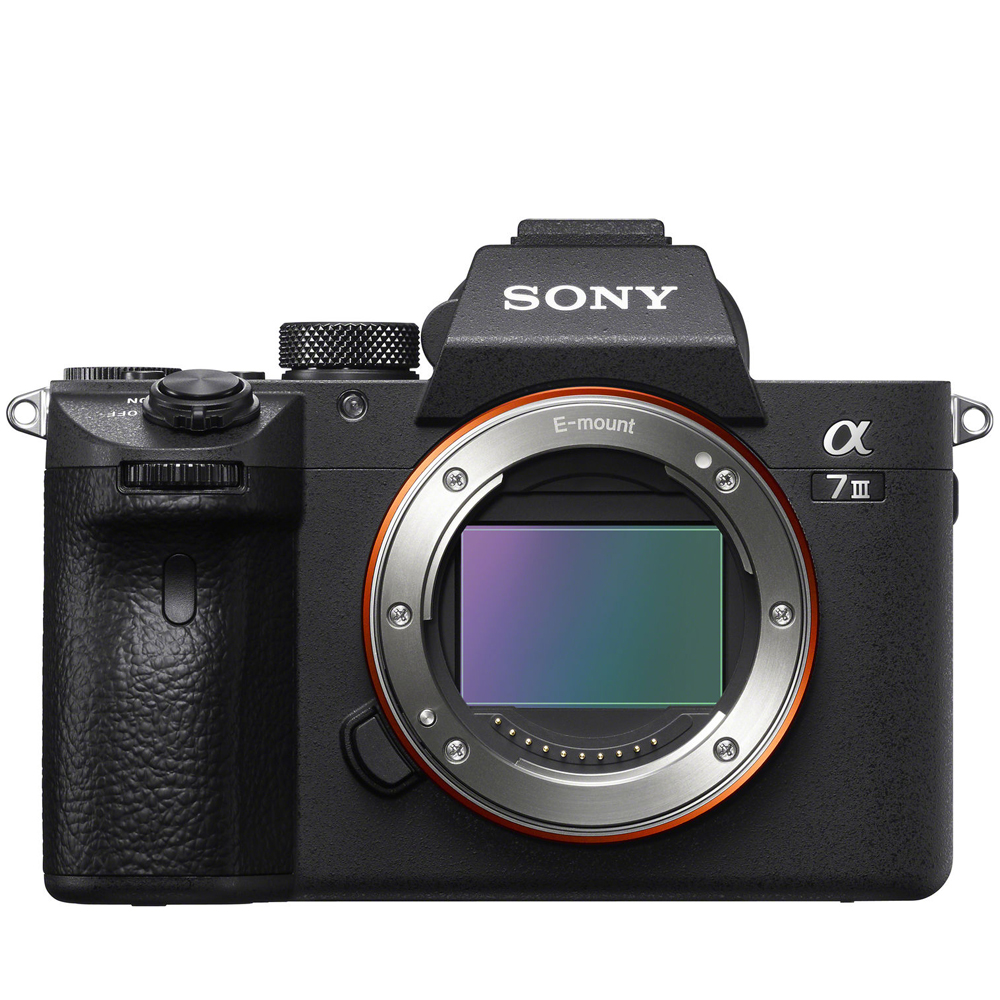
The Sony A7 III is a great budget option for fast-moving subjects like sports and wildlife with its amazing autofocus, quick burst speed, and wide selection of lenses
The best cheap mirrorless cameras
Why you can trust Digital Camera World
Best for vloggers
1. Panasonic Lumix G100D
Our expert review:
Specifications
Reasons to buy
Reasons to avoid
The Panasonic Lumix G100D is a fantastic starter camera for vloggers and has clearly been designed with that exact audience in mind. Unlike most consumer mirrorless cameras, it's got a fairly sophisticated built-in mic setup, meaning that while you can plug in an external mic with the 3.5mm jack, you don't have to, and that's hugely handy for casual vlogging.
Its approachable button layout makes it easy for pretty much anyone to pick up the Lumix G100D and start shooting high-quality 4K video. The tactile ergonomics make it a pleasure to use, and even though it's a relatively new model, the price has already come down a little.
We appreciated a lot of features of the Lumix G100D when it came into our hands for a full review – with a bright electronic viewfinder and high-quality LCD screen, it's just an all-around pleasant shooting experience for stills and video.
Read our full Panasonic Lumix G100D review
Best budget
2. Panasonic Lumix G7
Our expert review:
Specifications
Reasons to buy
Reasons to avoid
The Lumix G7 was launched back in 2015, so it’s a few years old now, and that shows in its styling and specs. It’s the ideal choice for mirrorless camera buyers who prefer the heft and gripability of a DSLR-style body, and it comes with a viewfinder, which is terrific in a mirrorless camera at this price. Bad points?
The G7 was launched before Panasonic started including in-body stabilization in its cameras, so you’re reliant on any optical stabilization in the lenses themselves. It also has a relatively old 16-megapixel Micro Four Thirds sensor, which knocks back the image quality ever so slightly compared to current APS-C sensor offerings. Prices vary a lot, so keep your eyes peeled, we have seen some crazy twin-lens deals on this camera.
Read our full Panasonic G7 review
Best for travel
3. Sony A6100
Our expert review:
Specifications
Reasons to buy
Reasons to avoid
The A6100 is the budget option in Sony's best-selling A6000-series of cameras - and although it was launched back in 2019 is still a great camera for those wanting a small system camera with a great selection of lenses.
The fundamentals on the A6100 are incredibly solid, for photographers at least. With 11fps burst shooting, 24MP of resolution, and a highly capable autofocus system, it's got pretty much everything most photographers are going to need. It's far more powerful than many similarly priced beginner camera, and its slimline body makes it perfect for travel.
This camera replaced the legendary A6000 - and one of the biggest improvements was to its video shooting capabilities. The A6100 can shoot in 4K - and has a microphone socket – making it a decent choice for vlogging, which is made easy thanks to its flip-up rotating LCD screen.
Read our full Sony A6100 review
best retro styling
4. Olympus OM-D E-M10 Mark IV
Our expert review:
Specifications
Reasons to buy
Reasons to avoid
We love the Olympus OM-D E-M10 Mark IV. Its predecessor, the Mark III, was (and is) a perennial favorite around the DCW office, and we're full of admiration for how sensibly Olympus went about updating this beloved camera.
The addition of the 20.3MP sensor from the PEN-F was a great shout, and we were immensely glad to see improved Continuous Autofocus further expanding Mark IV's burst shooting capabilities. After all, it's not much good being able to shoot at 15fps if you can't focus worth a damn!
The extra-tiltable screen impresses too, and the fact that it flips down 180° makes the Olympus OM-D E-M10 Mark IV a tempting proposition for YouTubers and vloggers. For the money, the Mark IV is absolutely stuffed with features, and the fact that it's so portable makes it a great choice for travel.
Read our full Olympus OM-D E-M10 Mark IV review
Best for content creators
5. Canon EOS RP
Our expert review:
Specifications
Reasons to buy
Reasons to avoid
The EOS RP was Canon's second full-frame mirrorless camera, and it's smaller, lighter, and a lot cheaper than all of the others. It's designed to be a compact, affordable and easy-to-use entry point into Canon's full-frame mirrorless system, and it succeeds brilliantly.
Its small dimensions mean it can sometimes feel overbalanced by larger lenses, though, and the 4K video mode comes with some caveats – the image frame is cropped by a factor of 1.6 and you can't use Canon's speedy Dual Pixel CMOS AF system unless you drop the resolution to full HD.
On the upside, the pictures are clear and sharp, the vari-angle touchscreen display is a real advantage for both stills and video, and the inclusion of an EF lens adaptor means you can use existing Canon DSLR lenses alongside the new but growing RF lens system.
At under $1,000/£1,000 you wouldn't say it was 'cheap' in the general run of things, but for a full-frame camera, its price is practically miraculous.
Read our full Canon EOS RP review
Best for sports
6. Sony A7 III
Our expert review:
Specifications
Reasons to buy
Reasons to avoid
This is one of the best-selling full-frame cameras of recent years - and particularly popular with enthusiast photographers. It packs a lot of tech into a small body - offering 696-point AF system, eye autofocus, and 5-axis image stabilization. A 10fps motordrive combined with a detailed 2.5 million eyelevel viewfinder make it a great choice for those who want to shoot sports. With the launch of the newer A7 IV model, this version has started to become a bit of a bargain - so now qualifies as one of our cheap mirrorless picks.
The resolution is a modest, yet mangeable, 24 megapixels - which is fine for most types of photography. And thanks to there being a wide range of lenses from Sony and third-party manufacturers, you can get a kit to shoot almost any subject without needing to spend a fortune.
Read our full Sony A7 III review
How we test
We test cameras both in real-world shooting scenarios and in carefully controlled lab conditions. Our lab tests measure resolution, dynamic range, and signal-to-noise ratio. Resolution is measured using ISO resolution charts, dynamic range is measured using DxO Analyzer test equipment and DxO Analyzer is also used for noise analysis across the camera's ISO range. We use both real-world testing and lab results to inform our comments in buying guides.
The best camera deals, reviews, product advice, and unmissable photography news, direct to your inbox!

For nearly two decades Sebastian's work has been published internationally. Originally specializing in Equestrianism, his visuals have been used by the leading names in the equestrian industry such as The Fédération Equestre Internationale (FEI), The Jockey Club, Horse & Hound, and many more for various advertising campaigns, books, and pre/post-event highlights.
He is a Fellow of the Royal Society of Arts, holds a Foundation Degree in Equitation Science, and holds a Master of Arts in Publishing. He is a member of Nikon NPS and has been a Nikon user since his film days using a Nikon F5. He saw the digital transition with Nikon's D series cameras and is still, to this day, the youngest member to be elected into BEWA, the British Equestrian Writers' Association.
He is familiar with and shows great interest in 35mm, medium, and large-format photography, using products by Leica, Phase One, Hasselblad, Alpa, and Sinar. Sebastian has also used many cinema cameras from Sony, RED, ARRI, and everything in between. He now spends his spare time using his trusted Leica M-E or Leica M2, shooting Street/Documentary photography as he sees it, usually in Black and White.
